Europe is bringing CO2 emissions down, by 8% last year, with two powerful strategies: expanding renewables and reducing energy demand. While renewables often garner the spotlight, energy efficiency is equally vital in Europe’s decarbonization and energy security. However, energy reductions require good planning. In this article, we delve into how energy efficiency policies can effectively steer this downward trend and introduce a new online tool to measure its benefits.
Energy efficiency unlocks many strategic doors. Firstly, it’s a cornerstone of the EU’s triple climate target architecture – emissions reductions, renewables, and efficiency goals, which reinforce and enable one another. Within this interplay, efficiency paves the way for renewables to achieve decarbonization.
In the short term, efficiency is crucial for cutting dependence on fossil fuels
Secondly, amidst energy insecurity in the EU, efficiency offers a clear solution to cut reliance on energy imports. While scaling up renewables is critical in the long run, deployment takes time. In the short term, efficiency is crucial for cutting dependence on fossil fuels from petrol stations.
Finally, using less energy to achieve the same results yields great economic benefits for administrations, industries, and households. Beyond cost savings, it improves air quality, creates jobs, reduces energy poverty, increases asset value, and more.
What is efficiency about?
Energy efficiency is about the various measures taken to reduce wasteful energy consumption, from building insulation improvements to the use of more efficient appliances.
Energy efficiency is already integral to ongoing market transformations in Europe. Heat pumps using renewables are up to 5-7 times more efficient than gas and hydrogen boilers respectively, in terms of primary energy consumption.
Electric cars are 60-70% more efficient than combustion vehicles. Electrifying our economy with current techs can already achieve savings given the intrinsic and huge energy losses from fossil fuel combustion.
Dangerous distractions
Despite the introduction of an efficiency-first principle and compulsory targets in the EU Energy Efficiency Directive, improved energy savings is not yet given.
The focus on unrealistic ‘cure-all’ technologies is distracting demand-side actions. For instance, the EU Commission’s recently proposed 2040 climate targets have been criticized for overselling carbon capture and storage, which many consider a costly and unproven tech.
Energy efficiency with renewables has proven climate-effective over the years
EU funds to be invested into Small Modular Reactors, have also been questioned as many experts consider them too costly and nascent to make a substantial impact on climate change.
On the contrary, energy efficiency with renewables has proven to be climate-effective over the years. The savings resulting from Ecodesign and Energy Label, for instance, have been so major that all large economies have followed.
Pressure to plan
The Paris Agreement Compatible (PAC) scenario, a reliable decarbonization model, suggests the EU can nearly halve its energy demand to achieve climate neutrality by 2040.
While the ‘Fit for 55’ package has spurred energy efficiency planning at national and local levels, such as for heating transition and building renovations, the urgency to meet efficiency and renewable targets is straining ministries and local governments, who often lack resources for modeling and planning demand-side measures.
Simulating energy savings
Decision-makers are increasingly relying on energy modeling tools to move the transition forward.
REFEREE, the latest free online energy planner under development, will help users quantify the socio-economic impacts of efficiency policies in a specific region or country.
For example, users will be able to determine how many jobs a member state could create by increasing the annual rate of building renovations, how the air quality index could improve by implementing energy-saving measures in industry, buildings, and transportation, or how much public money could be saved by switching to more efficient public lighting.



